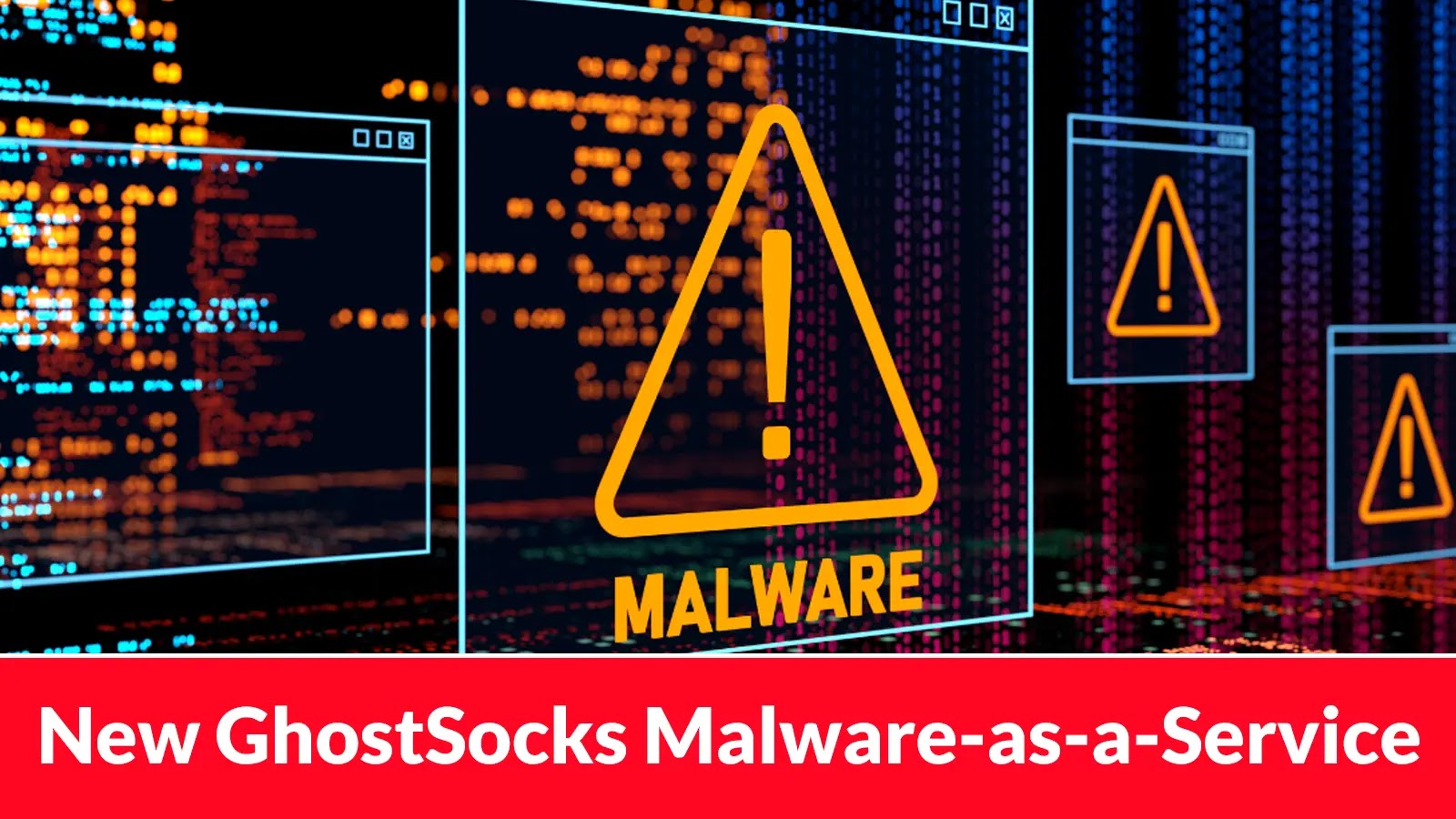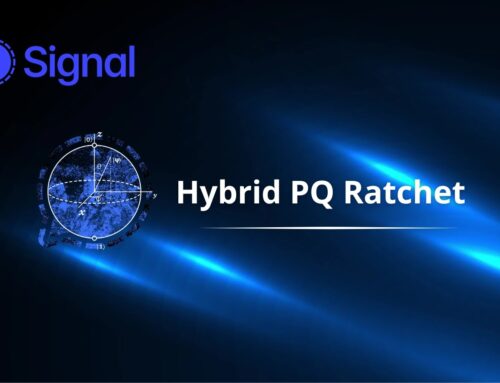
New GhostSocks Malware-as-a-Service Enables Threat Actors to Convert Compromised Devices into Proxies
The digital defense landscape is constantly shifting, with threat actors continuously evolving their tactics to bypass established security measures. A recent development highlights this ongoing cat-and-mouse game: the emergence of GhostSocks, a novel Malware-as-a-Service (MaaS) offering.
Advertised on October 15, 2023, on the notorious Russian cybercrime forum XSS.is, GhostSocks promises to transform compromised devices into residential SOCKS5 proxies. This development is significant, as it leverages the inherent trust placed in residential IP addresses to circumvent anti-fraud systems and evade detection by network defenders. For cybersecurity professionals, understanding the implications of such services is crucial for bolstering their organization’s defenses.
Understanding the GhostSocks MaaS Offering
GhostSocks operates as a subscription-based service, providing cybercriminals with access to a vast network of compromised residential IP addresses. The operator’s initial promotional posts emphasized the service’s ability to create a “clean” proxy environment, where malicious traffic blends seamlessly with legitimate user activity. This is particularly concerning because residential IPs are generally considered more trustworthy than datacenter or VPN IPs, making it harder for security tools to flag suspicious behavior.
The core functionality of GhostSocks relies on installing malware on unsuspecting users’ devices. Once compromised, these devices are essentially enslaved to act as proxies in a botnet. Threat actors can then route their illicit traffic through these compromised residential IPs, effectively masking their true origin and making attribution significantly more challenging. This enables a wide range of malicious activities, from credential stuffing and account takeovers to sophisticated phishing campaigns and distributed denial-of-service (DDoS) attacks.
The Appeal of Residential Proxies for Cybercriminals
The allure of residential SOCKS5 proxies for cybercriminals stems from several key advantages:
- Evasion of Detection: Many anti-fraud and security systems employ IP blacklists to identify and block traffic originating from known malicious IP ranges, such as those associated with data centers or VPN providers. Residential IPs, being organically distributed across legitimate home networks, often bypass these checks.
- Circumvention of Geo-restrictions: By routing traffic through compromised devices in specific geographical locations, threat actors can bypass geo-blocking measures implemented by websites and online services.
- Increased Success Rates for Automated Attacks: Automated attacks like credential stuffing and brute-force attempts are far more effective when distributed across a large pool of unique, legitimate-looking IP addresses. This prevents rate-limiting and IP-based blocking mechanisms from shutting down the attack prematurely.
- Reduced Attribution Risk: Tracing malicious activity back to the original attacker becomes significantly more complex when it originates from a myriad of residential IP addresses, making law enforcement efforts more challenging.
Remediation Actions and Defensive Strategies
Countering sophisticated MaaS offerings like GhostSocks requires a multi-layered defense strategy. For IT professionals and security analysts, proactive measures are paramount:
- Enhanced Endpoint Protection: Organizations must implement robust endpoint detection and response (EDR) solutions capable of identifying and remediating malware that attempts to establish proxy connections. This includes behavioral analysis to detect unusual network activity.
- Network Traffic Monitoring: Deep packet inspection and continuous monitoring of network traffic can help identify suspicious outbound connections originating from internal devices, especially those communicating with unusual or unknown external IP addresses on SOCKS5 ports.
- User Education and Awareness: Educating users about the dangers of clicking on suspicious links, downloading unofficial software, and the importance of strong, unique passwords remains a fundamental defense. Many compromises start with social engineering tactics.
- Patch Management: Regularly patching and updating all operating systems, applications, and network devices closes common vulnerability entry points that malware may exploit to gain initial access.
- Leveraging Threat Intelligence: Staying informed about new malware variants and MaaS offerings through threat intelligence feeds can help security teams anticipate threats and adjust their defenses accordingly.
- Behavioral Analytics: Implement security tools that utilize machine learning and behavioral analytics to detect deviations from normal user and device behavior, which could indicate a compromise.
Conclusion
The emergence of GhostSocks underscores the persistent and evolving nature of cyber threats. By offering a readily accessible service that converts compromised devices into residential proxies, threat actors gain a powerful tool for evading detection and enhancing the success rate of their illicit operations. For security professionals, understanding the mechanisms behind such services, coupled with implementing strong preventative and detective controls, is essential to adequately protect their organizations against these increasingly sophisticated attacks.





